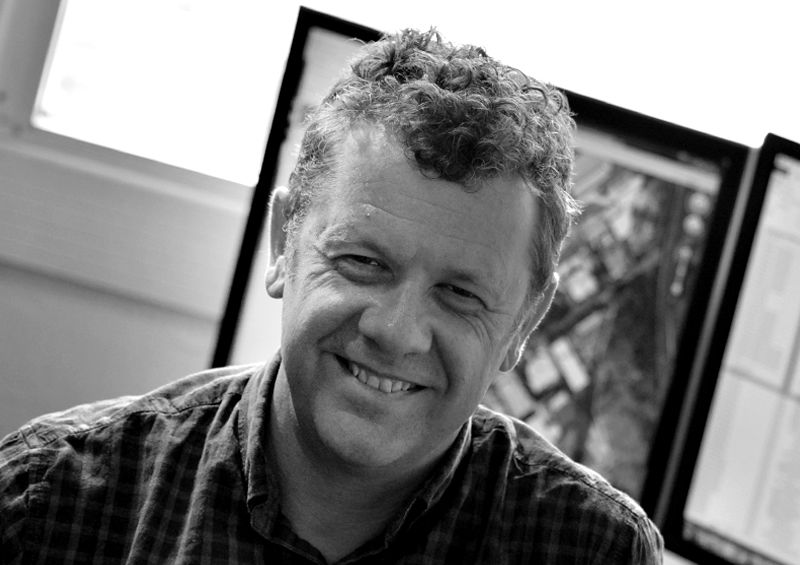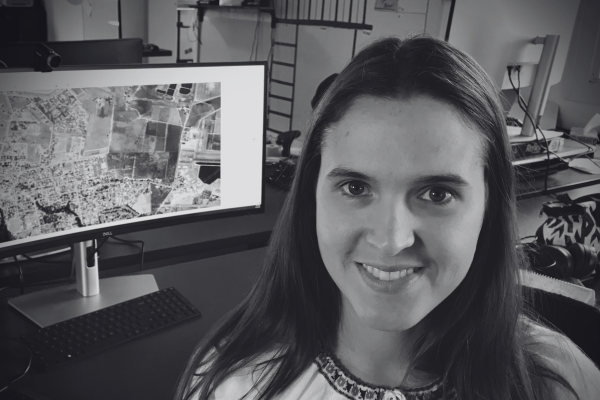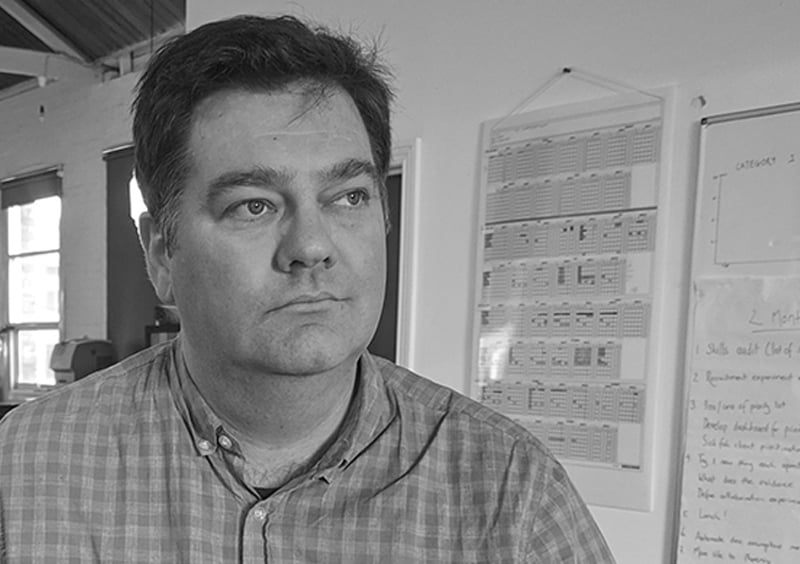The population and housing forecast for the Melbourne Inner region
SA4s in region:
- Melbourne Inner
Version: 5.1.0
Read forecast analysis and insights for the Parramatta region from Australia's largest independent population forecasting team.
Detailed forecasts are available for this region
Our premium services give you detailed forecast information for this region to help you invest in the right place, at the right time.
- Forecasts by age and sex
- Single-year forecast periods
- Custom local area geography
- Forecasts of housing and development
Menu
Read the insights and analysis behind our population and dwellings forecasts for the Parramatta region.
About the Melbourne Inner region
The Melbourne Inner region comprises a single SA4, Melbourne Inner. This region is forecast to provide 12.9% of Victoria's population growth between 2021 and 2046.
The Melbourne Inner SA4 contains the key urban centre of the Melbourne CBD, as well as the urban regeneration projects at Fisherman's Bend, Ardern /Macauley, Southbank and Docklands. The region will also contain all five stations of the soon to be opened Metro Tunnel train project (Ardern, Parkville, State Library [CBD North], Town Hall [CBD South] and ANZAC).
The Melbourne Inner region additionally contains the whole of the Cities of Melbourne, Port Phillip and Yarra, as well as parts of the cities of Stonnington, Darebin, Merri-bek and Moonee Valley. Notable features of the region include the Central Melbourne CBD and port areas, the inner seaside suburb of St Kilda, the University and health/medical precinct in Carlton and Parkville, and the inner urban centres of Fitzroy, Collingwood, Brunswick, Flemington/Kensington and Moonee Ponds.
Key findings
Melbourne Inner
Over the forecast period, the Melbourne Inner SA4 is set to grow from 633,500 people in 2021 to around 1,045,000 in 2046, a growth of 65% in the period. Growth in the SA4 is dominated by industrial transformation in Port Melbourne Industrial (Fisherman's Bend) (+40, 500) and North Melbourne / Kensington SA2s (Ardern / Macauley) (+36, 278) and the continuing redevelopment of Docklands, and Southbank (West) - South Wharf, Southbank - East.
Other urban intensification areas include St Kilda Road, St Kilda, Brunswick, Coburg, Moonee Ponds and the CBD and North Melbourne. In addition to general mid-scale intensification along growth corridors in these areas, there are individual projects, such as the Moonee Valley racecourse redevelopment, the Pentridge Gaol redevelopment and the Brunswick Village development that contribute significantly to the increase in housing and population.
In contrast, a number of SA2's outside designated growth areas are not predicted to grow as significantly e.g. Elwood, Carlton - North Princess Hill, Port Melbourne, Parkville.
The demographic dynamics in the SA4 vary considerably over the forecast period, as the inner city areas recover from COVID with the return of students and short term residents, and the return of vacancy rates to pre-pandemic levels. In the mid- to long-term, the increase in net overseas migration will favor growth for these inner city areas.
What share of Australia's growth will occur in Victoria?
Read our forecast results and analysis for Victoria on the resources page. Watch the webinar recap or see a summary slide pack to learn what's driving growth in Australia, and each region of the state.

Slide from our webinar presentation The population forecast for Victoria.
Forecast results
The following forecast information presents the combined numbers for the Melbourne Inner SA4.
Learn more about the different options to access these forecasts for Local Government Areas (LGAs), suburbs, custom catchments or the entire state or nation here.
| 2021 | 2026 | 2031 | 2036 | 2041 | 2046 | |
| Forecast Population | 626,913 | 705,521 | 786,096 | 867,515 | 953,609 | 1,044,895 |
| Change (five year) | - | 78,850 | 79,574 | 81,489 | 86,094 | 91286 |
| Average Annual Change (%) | - | 2.39% | 2.16% | 1.99% | 1.91% | 1.85% |
| Forecast Dwellings | 358,846 | 380,679 | 416,788 | 463,339 | 515,692 | 571,515 |
| Change (five year) | - | 22,115 | 36,108 | 46,550 | 52,353 | 55,823 |
| Average Annual Change (%) | - | 1.20% | 1.83% | 2.14% | 2.16% | 2.08% |
1 national forecasting program.
6 ways to explore.
![]()
forecast.id
Plan for the changing needs of your community with a trusted forecast of population and housing in your Local Government Area, published in an accessible online tool.
![]()
forecast.id premium
Bring the full power of our National Forecasting Program into your organisation. We'll work with you to tailor a data partnership supported by briefings from our experts.
![]()
forecast.id partners
Our pay-per-download program gives our consulting partners instant access to reliable and respected forecast information on a project-by-project basis.
![]()
forecast.id hotspot report
Find a location near the people you serve with a tailored report that identifies up to ten locations with the highest number of people in your target demographic.
![]()
forecast.id location report
Whether you're investing in a new location or checking your current strategy is on track, forecast.id location reports quantify future demand around a known location.






.png?width=600&height=400&name=Meet%20the%20team%20%20Oliver%20Bowering%20(1).png)
